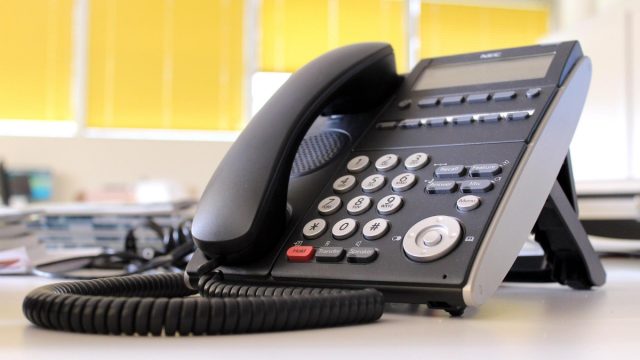Restaurant telephone systems are pivotal in facilitating seamless communication between customers, staff, and management. These systems encompass various features tailored to meet the specific needs of restaurants, ensuring efficient operations and enhanced customer service.
These features include the following;
Contents [show]
Multiple Lines and Extensions:
Restaurants often require various phone lines and extensions to manage incoming calls efficiently. Call waiting, call forwarding, and the ability to handle several calls simultaneously are crucial features. This ensures that reservations, takeout orders, and customer inquiries can be managed without overwhelming the system.
Reservation Management:
Advanced systems enable online and phone-based reservations, syncing reservations with table availability. This feature streamlines the booking process, preventing overbooking and ensuring a smooth customer and staff experience.
Caller ID Integration:
Integrating caller ID functionality allows staff to identify frequent customers or reservations, providing a personalized touch. It enables quick recognition of regulars and helps swiftly cater to their preferences.
Voicemail and Automated Attendants:
Voicemail functionality is essential for capturing missed calls or after-hours inquiries. Automated attendants can guide callers to relevant departments or provide essential information, reducing wait times and enhancing customer experience.
Ordering and Takeout Management:
For restaurants offering takeout or delivery services, having restaurant phone systems facilitating order-taking via phone is crucial. Some advanced systems even integrate with POS systems, ensuring accurate order processing and seamless communication between kitchen and front-of-house staff.
Integration with POS Systems:
Integration between restaurant telephone systems and Point of Sale (POS) enables streamlined operations. Staff can access customer information, process payments over the phone, and update order statuses without switching between systems.
Conference Calling and Intercom:
Larger restaurants often benefit from intercom functionalities to communicate internally. Conference calling features are also helpful for managerial meetings or discussions involving staff across different areas of the restaurant.
Music on Hold and Marketing Messages:
While customers wait on hold, playing music or sharing promotional messages can enhance their experience and provide information about ongoing offers or events at the restaurant.
Analytics and Reporting:
These systems often offer analytics and reporting features that track call volume, peak hours, and frequently asked questions. Insights derived from these reports can inform staffing decisions and improve customer service strategies.
Mobile Accessibility:
With the rise of remote work and on-the-go management, mobile accessibility allows owners or managers to oversee and manage the system from anywhere, ensuring constant connectivity and oversight.
Caller ID and Customer Information:
If available, advanced restaurant phone systems often display caller ID information along with customer details. This helps staff to greet customers by name, acknowledge their previous orders or preferences, and provide a more personalized experience, enhancing customer satisfaction.
Call Recording and Training:
Some systems offer functionalities that are beneficial for training and quality assurance. Managers can review recorded calls to assess staff performance, identify improvement areas, and ensure service standards adherence.
Basically, restaurant telephone systems are tailored to meet the industry’s unique needs, providing a robust communication infrastructure that enhances operational efficiency and customer satisfaction. Integrating various features helps create a seamless and optimized experience for staff and patrons, ultimately contributing to the restaurant’s success.
Final Thoughts
Implementing a tailored telephone system that incorporates these features can significantly improve the efficiency of restaurant operations and elevate the overall customer experience, contributing to the establishment’s success.


